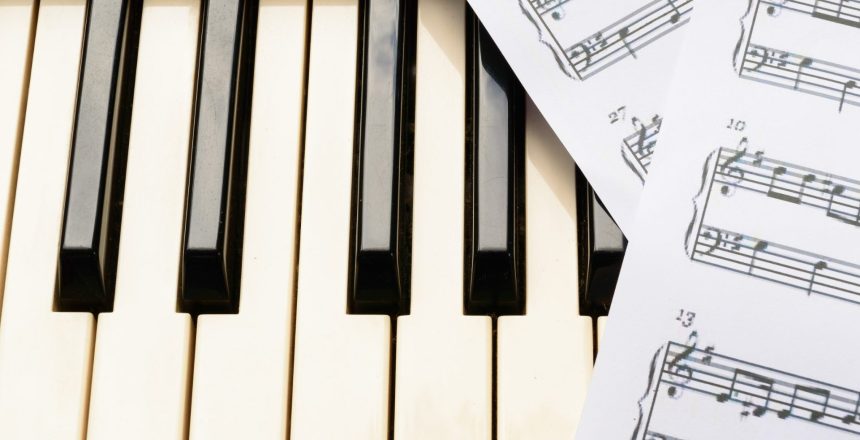As a songwriter, understanding time signatures is crucial in creating a well-crafted song. In music, a time signature denotes the number of beats per measure. In this blog, we’ll dive into the basics of time signatures and explore some of the more unusual time signatures.
1. Popular Time Signatures
The most common time signature is 4/4, which is also referred to as “four beats per measure”. This is because it has a steady, familiar four-beat pulse that makes it ideal for many styles of music. Most of the songs you encounter today will be in 4/4 time.
Another common time signature is 3/4, which is often used for waltzes and other ballroom dances. This time signature is seen in popular music such as “Can’t Help Falling in Love” by Elvis Presley to create a more dance-like feel. However, there are plenty of other time signatures to choose from, each with its own unique feel and character.
2. Getting more Complex
Compound time signatures such as 6/8 and 12/8 are an excellent option when you want to create a more complex rhythmic feel that can often be heard in genres like jazz, blues, and folk music. These signatures use groups of three eighth notes, creating a “dotted quarter note” feel. It’s often used in folk music, as well as pop songs and ballads. Examples of songs with compound time signatures are “Feel Good Inc.” by Gorillaz which is in 12/8 time and “Dreams” by Fleetwood Mac which is in 6/8 time.
3. When Time Signatures get Weird
On the other end of the spectrum, there are odd time signatures, such as 7/4. These time signatures can feel challenging at first, but they’re an excellent way to create a unique, off-kilter vibe. Radiohead’s “15 Step” (5/4 time) and Pink Floyd’s “Money” (7/4 time) are great examples of songs that use odd time signatures to create a distinctive sound. One way to simplify a time signature like 7/4 is to break it down into smaller units. For example, you could think of 7/4 as 3+2+2, which would give you a lopsided but still manageable rhythm.
When working with odd time signatures, it’s essential to create a strong sense of rhythm. Try to emphasize the downbeat to make it easier for listeners to follow. Another tip is to use repetition to create a sense of familiarity within the song.
It’s important to remember that you don’t have to stick to one time signature throughout the whole song. In fact, many songs change time signatures as they progress. This can help to keep the listener engaged and prevent the song from becoming monotonous. Tool’s “Schism” is a perfect example of a song that uses several time signatures to create a dynamic, evolving sound.
Overall, the key to using time signatures effectively is to keep the song’s groove and feel in mind. Always be mindful of the song’s tempo and try to choose a time signature that complements it. Whether you’re using a simple 4/4 or a complex 7/8, the most important thing is that the rhythm feels natural and groovy. So next time you’re writing a song, take some time to experiment with different time signatures and see where they take you. Who knows, you might just come up with something entirely new and exciting!





